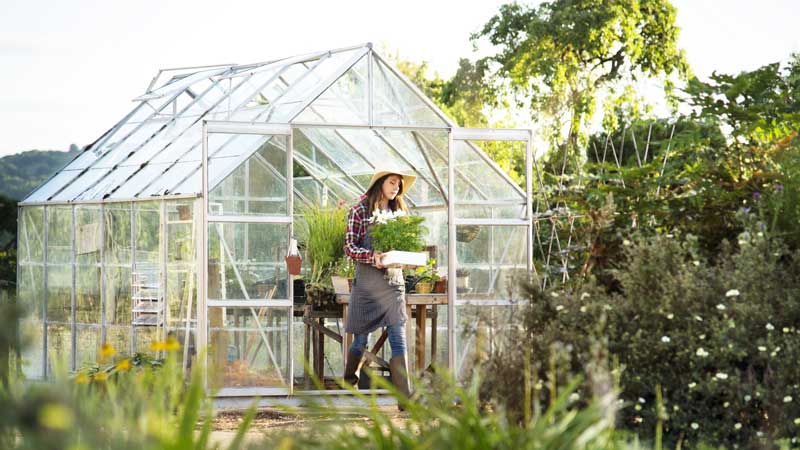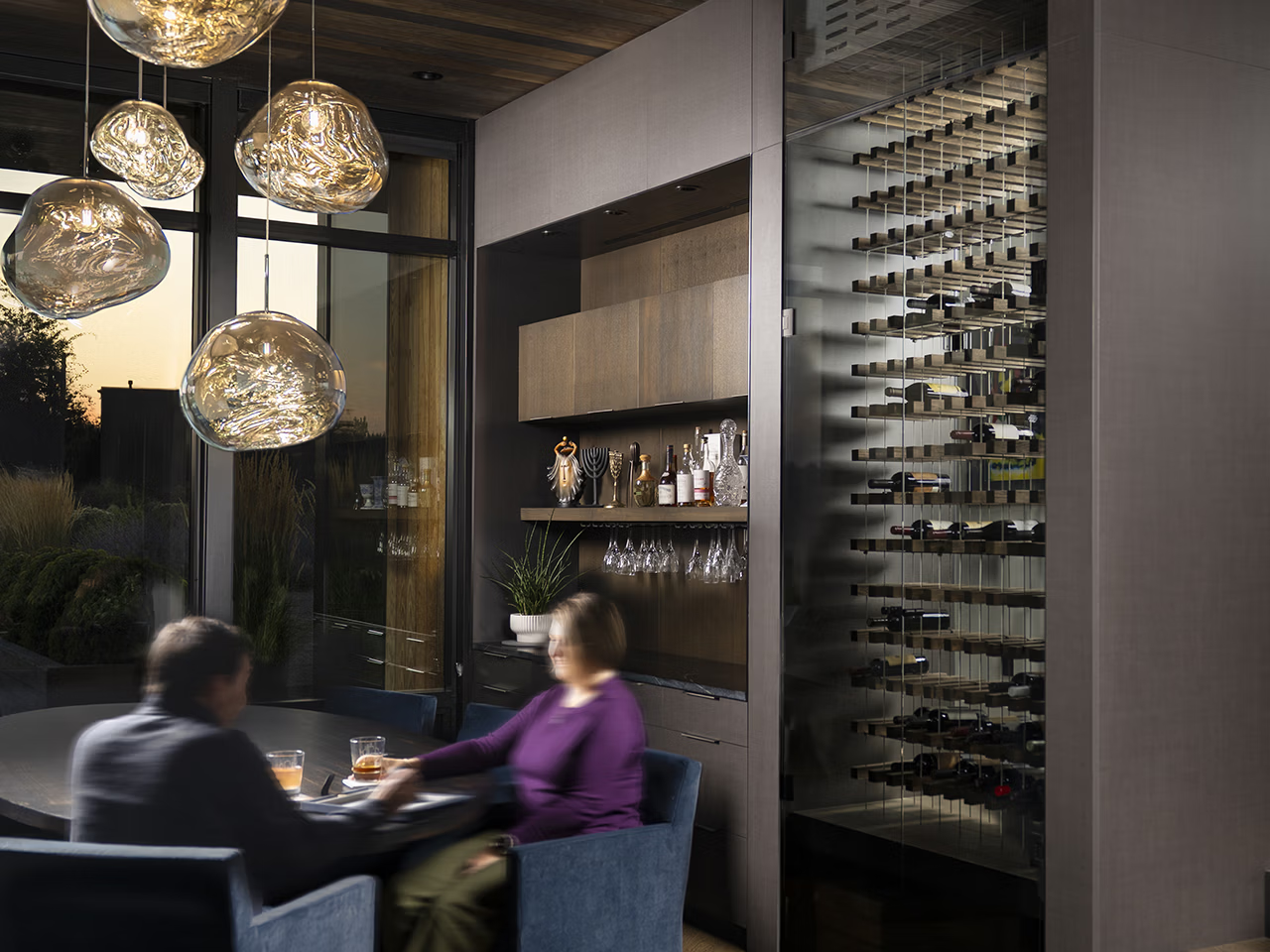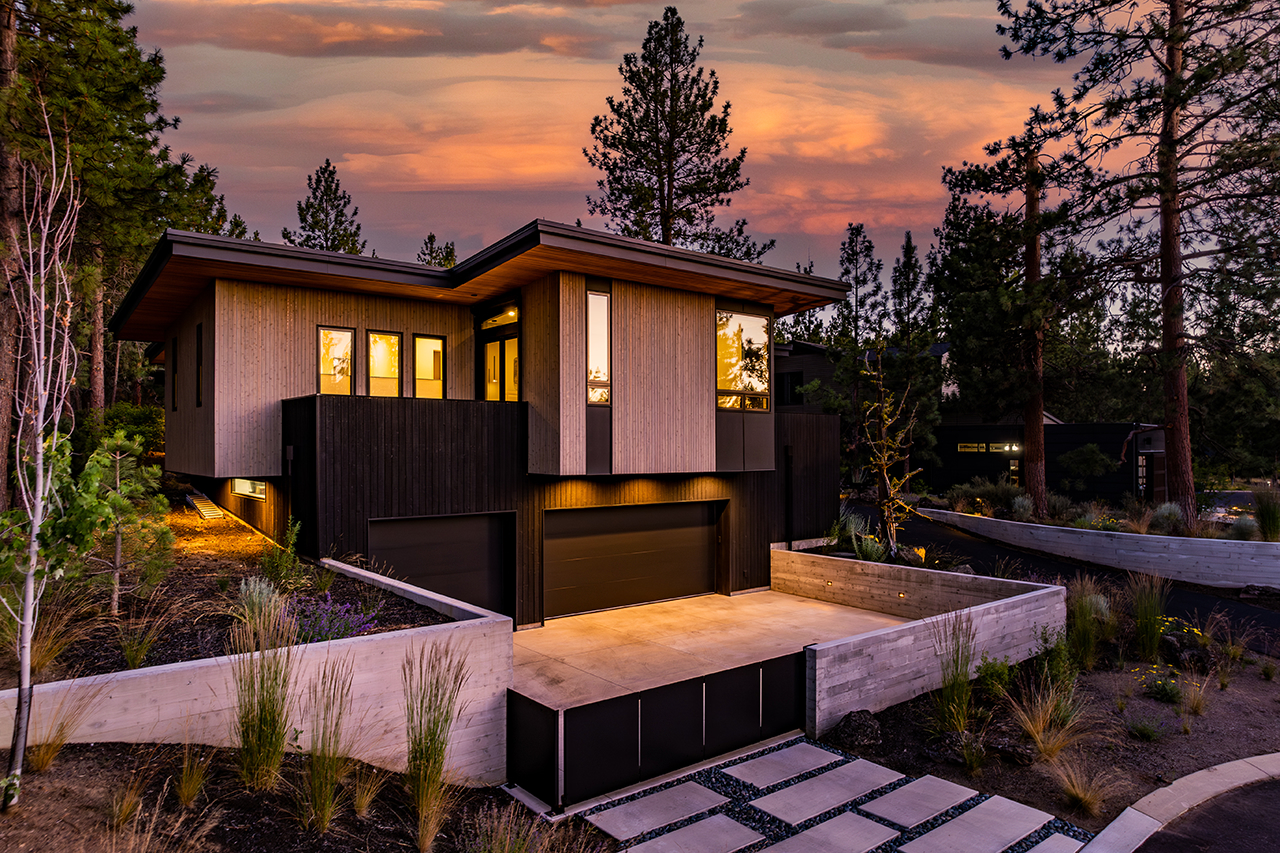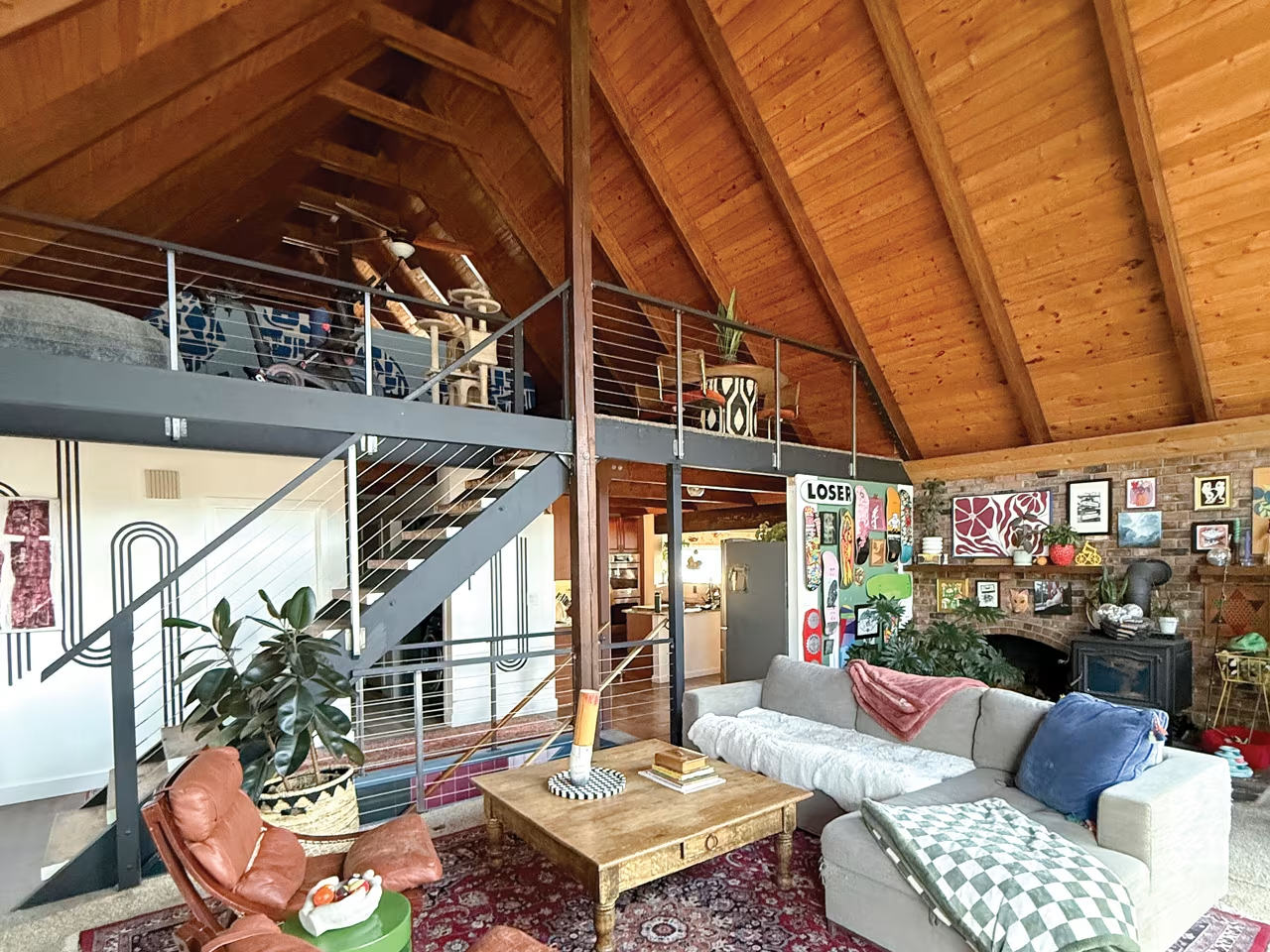While planning his summer gardening season last year, John Kiesler of Redmond found himself wanting to get a head start growing his warm weather produce, such as tomatoes, squash and pepper plants, but was finding Central Oregon’s climate a bit difficult. Cold weather and frost can stop these types of plants from growing, even as late in the year as June, shortening a gardener’s season quite a bit. To combat this, Kiesler last June invested in a new backyard greenhouse from NW Green Panels, a company in Terrebonne. With the greenhouse in place, Kiesler was able to successfully grow those warm weather plants, and he is looking ahead to another extended growing season this year.

Any avid gardener in Central Oregon can benefit from adding a greenhouse. Options include prefabricated greenhouses and greenhouse kits that can be purchased and set up on most properties, or custom, DIY greenhouses offering a deeper level of specialization for each gardener. In either case, gardeners can choose a greenhouse to match the needs of the local climate, available backyard space and the types of plants grown. “Greenhouses, especially in Central Oregon, are vital for getting a good harvest from your home garden,” said Kody Turner, the customer service and sales manager at NW Green Panels in Terrebonne. “Greenhouse gardens will grow faster and produce more because of the steady temperatures and diffused sunlight.”
In general, greenhouses can add a level of consistency to a gardener’s growing season; something that can be highly sought after in climates like Central Oregon where it isn’t too uncommon to see snow in the morning and sunny skies in the afternoon in the spring and fall, or warm days with very cool nights in the summer. “In Central Oregon, we tend to get quite a bit of sun, even in the winter. When it’s freezing outside, but the sun’s still shining, we’ve had our greenhouses reach temperatures of around 70 to 80 degrees,” Turner said.

thefloweringfarmhouse.com
Ashley Joyce, founder and lead gardener of Bend Urban Gardens, said that a gardener should evaluate their personal needs before purchasing a greenhouse. Typically, gardeners who focus on growing short-season, cold-tolerant plants like beets, carrots and some dark leafy greens might not benefit too much from a greenhouse. However, gardeners who choose to grow other types of plants, especially heat-loving varieties like squash, tomatoes, peppers and cucumbers, would benefit from a greenhouse that keeps the rather unpredictable Central Oregon frost away. “We often use June 1 as our last frost date, but in reality, we don’t really have a reliable last frost date,” Joyce said. “This makes growing vegetables in our region more challenging than in most other regions of Oregon and requires high desert gardeners to be prepared to protect their cold sensitive plants.”
The draw of a greenhouse in Central Oregon is clear, as they protect frost-vulnerable plants from dying in the extreme cold, but what are the benefits of constructing a DIY greenhouse? According to Joyce, the benefits include general personalization for a gardener’s personal needs. For example, a custom DIY greenhouse can use restored materials to decrease a gardener’s carbon footprint, and it can be constructed in ways that fit small or oddly shaped backyards. Joyce’s personal greenhouse was constructed to account for the amount of snow in the region, to make sure it would never collapse under the load.

thefloweringfarmhouse.com
With so many benefits, it is no surprise that greenhouse sales have been steadily increasing over the past few years. According to Turner, 2020 was a big year for greenhouses for a few reasons. “We saw an uptick in new gardeners, because they were spending much more time at home and finally had time to grow a garden. Also, it seems that many people want to be self-sufficient and grow their own food. Our customers want to eat healthy and not rely on grocery stores.”
Kiesler’s greenhouse out in Redmond is made entirely of cedar wood cut and stained by NW Green Panels. The structure ended up being eight feet wide and twelve feet long at the base with benches and shelves on either side to maximize the possible growing space. “Due to the frost that can be in Redmond until the middle of June, I can get a head start on my tomatoes, squash and pepper plants, and then transplant them to an outdoor garden when the cold weather has passed,” Kiesler said.
Whether the goal is to get a head start on this year’s growing season or have the flexibility to extend the season longer, a greenhouse can be a reliable way to manage Central Oregon’s unpredictable climate. Winter is the perfect time to start planning this structure, likely to become a high desert gardener’s most important backyard asset.




